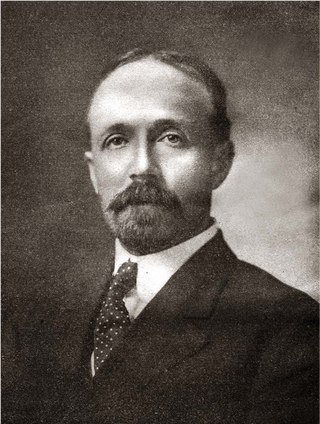
Edwin Bingham Copeland was an American botanist and agriculturist. He is known for founding the University of the Philippines College of Agriculture at Los Baños, Laguna and for being one of the America's leading pteridologists.

Olav Gjærevoll was a Norwegian botanist and politician for the Labour Party. Gjærevoll was a professor of botany at the University of Trondheim from 1958 to 1986, and was a specialist in alpine plants. Ín 1950 he issued the exsiccata M. Foslie: Lithothamnia selecta exsiccata distributing specimens collected by Mikael Heggelund Foslie. In politics, he served as Minister of Social Affairs from February to August 1963 and again from September 1963 to October 1965; as the last Minister of Pay and Prices from 1971 to 1972 and as the first Minister of the Environment from May to October 1972. He also served as Mayor of Trondheim from 1958 to 1963 and again from 1980 to 1981.

Mikael Heggelund Foslie was a Norwegian botanist and algaeologist. Foslie was curator of the Royal Norwegian Scientific Society Museum in Trondheim.

William Starling Sullivant was an early American botanist recognized as the foremost authority on bryophytes in the United States.
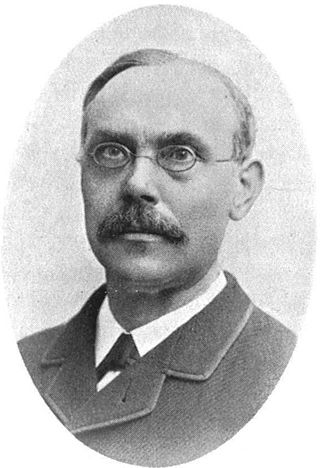
Sven Berggren was a Swedish botanist, explorer and university professor. He was a professor at Lund University 1883–1902, later at Uppsala University. He was elected a member of the Royal Swedish Academy of Sciences in 1880.
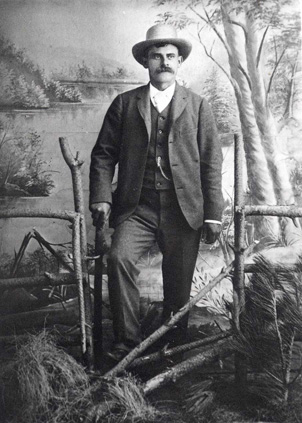
John Bernhard Leiberg was a Swedish-American botanical explorer, forester, and bryologist. He was a self-taught naturalist who worked in the northwestern United States.

Jules Cardot was a French botanist and bryologist considered in his time one of the world's leading experts on the mosses of Antarctica.
George Gardner was a Scottish biologist mainly interested in botany.
Jonathan CarlZenker was a German naturalist born in Sundremda, located in the Saalfeld-Rudolstadt district. The standard author abbreviation Zenker is used to indicate this person as the author when citing a botanical name.
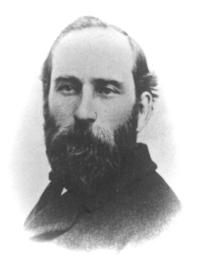
Coe Finch Austin was an educator, botanist and founding member of the Torrey Botanical Club. He was an expert on the mosses and liverworts of North America.
Otto Christian Blandow was a German apothecary and botanist, specializing in the field of bryology.
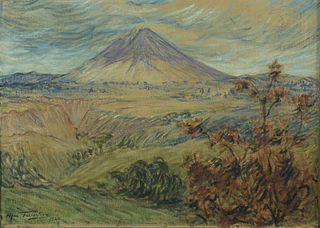
Richard Paul Max Fleischer was a German painter and bryologist. As a botanist, he is remembered for his work with Javan mosses.

Élie Marchal was a Belgian botanist and mycologist.
Jean-Nicolas Boulay was a French clergyman, bryologist and paleobotanist.
David Nathaniel Friedrich Dietrich was German botanist and gardener.
Franz Wilhelm Neger was a German botanist, mycologist and dendrologist.
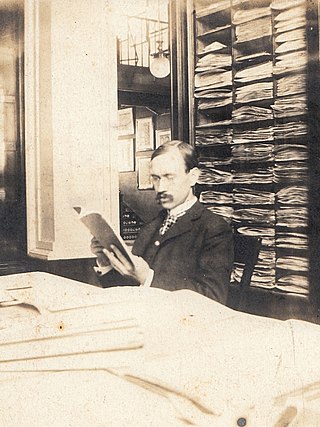
Abel Joel Grout (1867–1947) was an American bryologist, an expert on pleurocarpous mosses, and founding member of the Sullivant Moss Society.
Jan-Peter Frahm was a German botanist dedicated to the study of mosses. The standard author abbreviation J.-P.Frahm is used to indicate this person as the author when citing a botanical name.
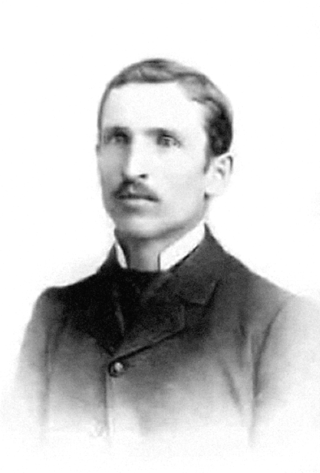
John Michael Holzinger was a German-born American bryologist, expert on the bryoflora of Colorado, and third president of the Sullivant Moss Society.

Exsiccata is a work with "published, uniform, numbered set[s] of preserved specimens distributed with printed labels". Typically, exsiccatae are numbered collections of dried herbarium specimens or preserved biological samples published in several duplicate sets with a common theme or title, such as Lichenes Helvetici. Exsiccatae are regarded as scientific contributions of the editor(s) with characteristics from the library world and features from the herbarium world. Exsiccatae works represent a special method of scholarly communication. The text in the printed matters/published booklets is basically a list of labels (schedae) with information on each single numbered exsiccatal unit. Extensions of the concept occur.













